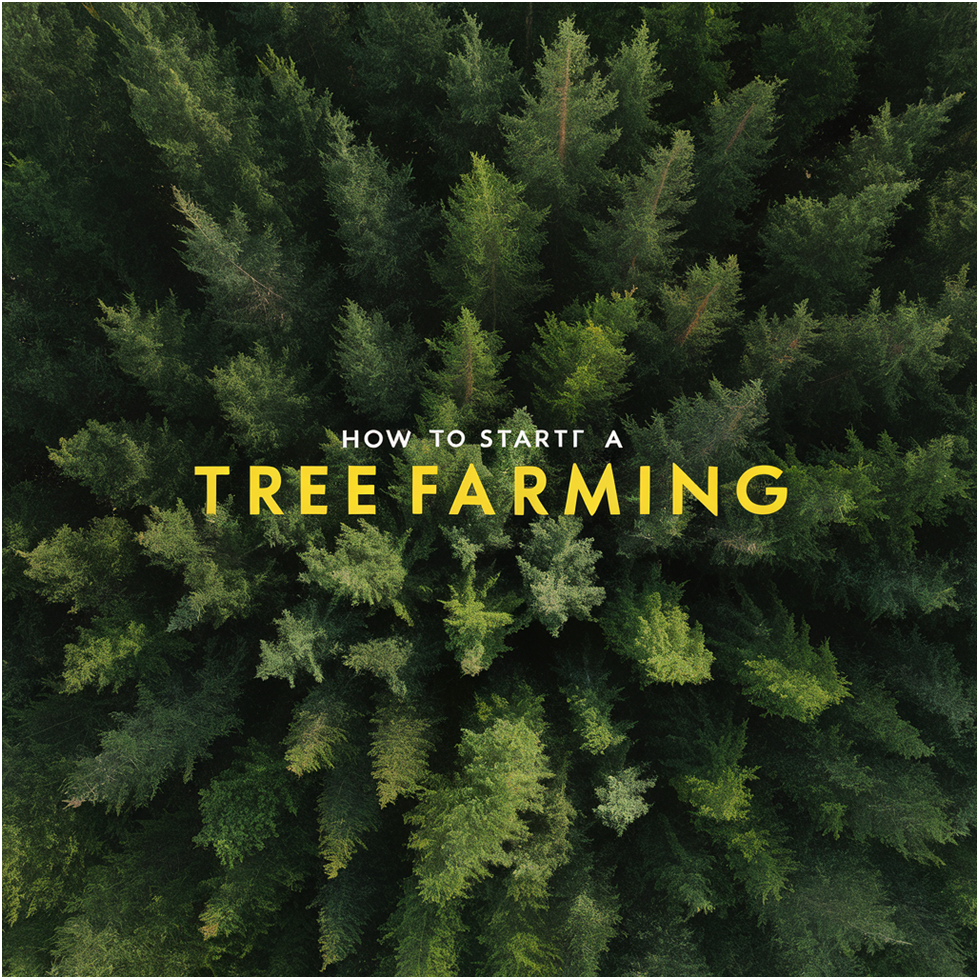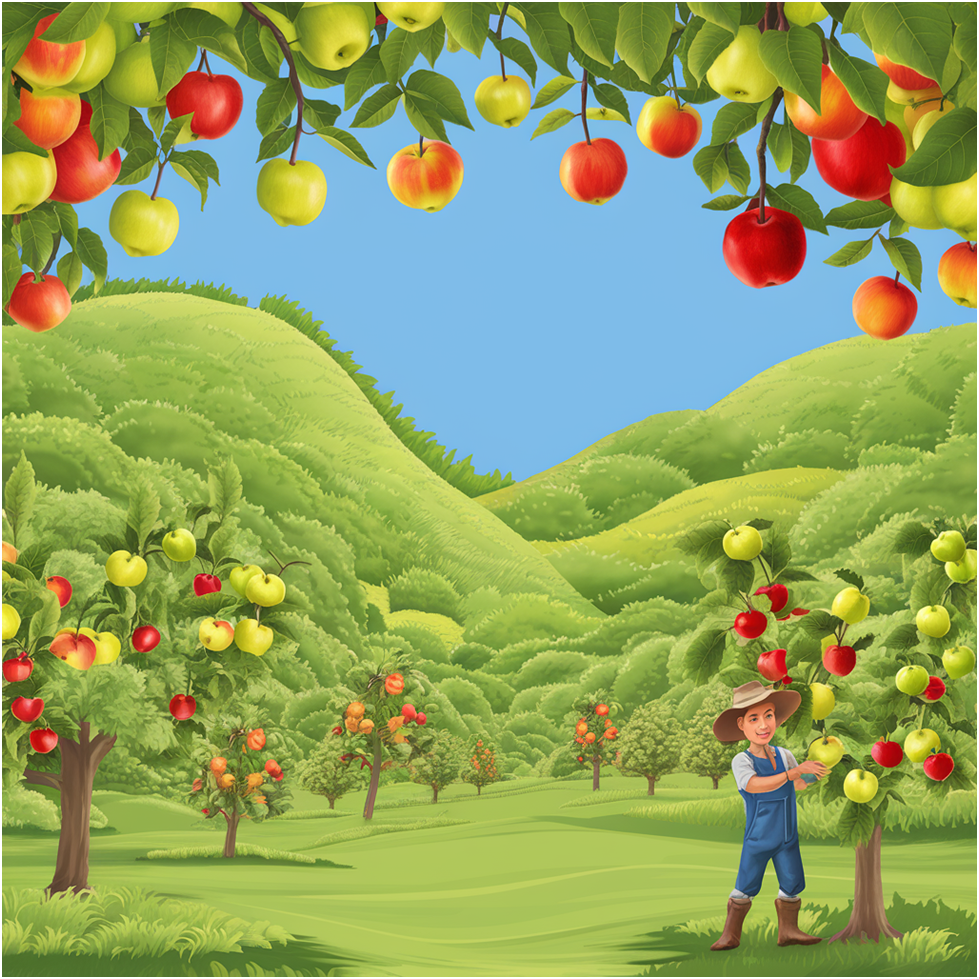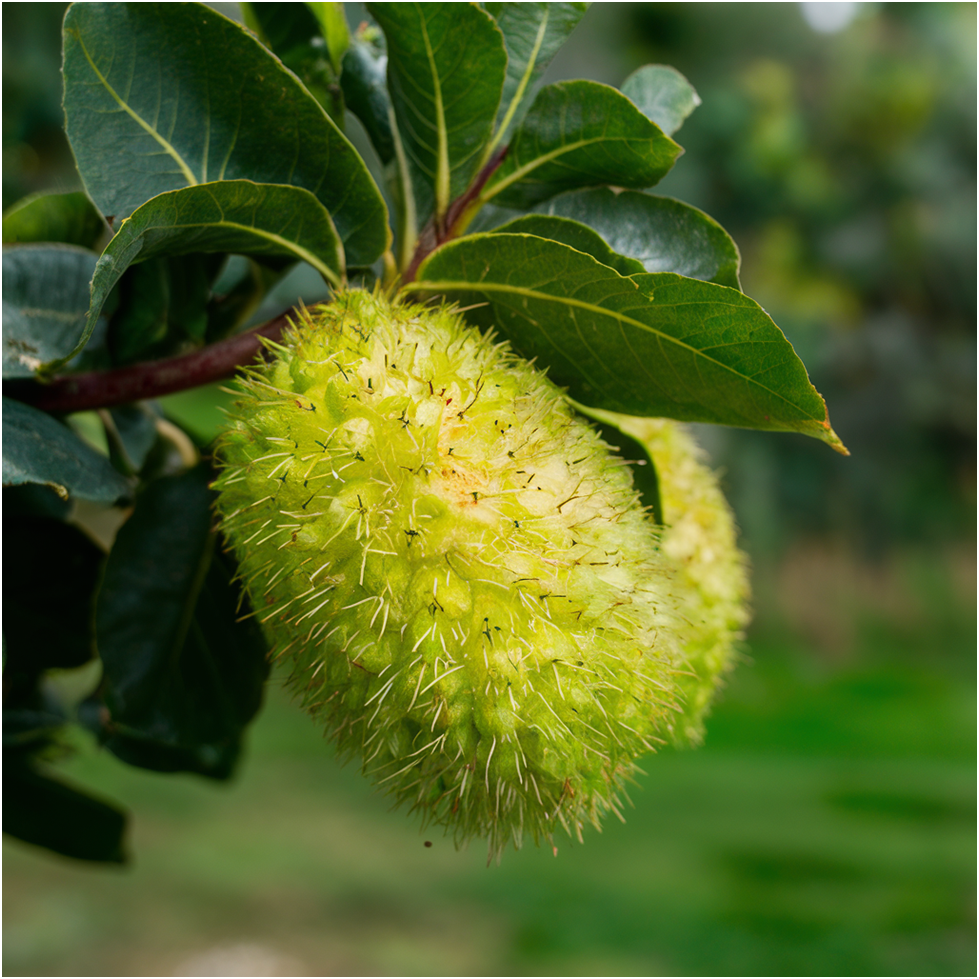How to Start a Tree Farm: A Comprehensive Guide to Successful Tree Farming

Tree farming is a rewarding venture that combines sustainable practices with lucrative opportunities. Whether you’re a beginner or an experienced farmer looking to diversify, starting a tree farm opens doors to various markets and environmental benefits. In this guide, we’ll walk you through the essential steps and options for launching your tree farming business.
Tax Benefits of Owning a Tree Farm
Before delving into the practicalities, let’s explore the tax benefits of owning a tree farm. In many regions, tree farming qualifies for significant tax incentives, including deductions for land use, conservation efforts, and long-term investments. Consult with local tax authorities or forestry experts to maximize these advantages.
Getting Started: How to Start a Tree Farm for Beginners
-
Research and Planning
Let’s start by researching the types of tree farming ventures available and are suitable for your area. Consider major factors like climate, soil type, market demand, and your long-term goals. After that, create a detailed business plan that outlines your objectives, budget, timeline, and marketing strategies.
-
Land Acquisition and Preparation
Secure suitable land for your tree farm, ensuring that it meets the requirements of your chosen tree species. Then you have to conduct some soil tests, assess drainage, and prepare the land for planting. Clearing debris, weeds, and rocks is very crucial for optimal tree growth.
For tax benefits, maintain detailed records of land improvements and conservation efforts.
-
Choosing the Right Trees
Selection of tree species based on market demand, local climate suitability, and growth characteristics is very important as well as crucial for starting a tree farming business. Common options comprises of fruit trees, hardwoods for lumber, nut orchards, and Christmas trees.
Research the specific needs of each tree type regarding soil, water, sunlight, and pest control. Consulting with local agricultural extension services or nurseries can provide valuable insights in this regards.
-
Planting and Maintenance
Follow proper planting techniques for each tree species, including spacing, depth, and care instructions. Implementation of regular maintenance practices such as watering, fertilizing, pruning, and pest management will help you in healthy farming of trees. Utilize sustainable farming practices to ensure long-term tree health and productivity.
Keep detailed records of planting dates, maintenance activities, and tree growth for future reference.
Exploring Tree Farming Options: Which Tree Farming is Best?
Fruit Orchard Farming

Pros:
- Can choose from wide variety of fruits that are suitable according to your area.
- Opportunities for value-added products.
- Demand from fresh fruit markets, juicing companies, and food processors.
Cons:
- Longer time to maturity and yield compared to other tree farming types.
- Vulnerability to weather conditions and pests, requiring diligent pest management practices.
Christmas Tree Farming

Pros:
- Seasonal demand spike during the holiday season.
- Opportunities for agritourism and festive events.
- Growing market for sustainably sourced and locally grown trees.
Cons:
- Limited market window tied to holiday season.
- Requires careful planning for tree growth cycles and inventory management.
Hardwood Lumber Farming

Pros:
- High-value timber with demand in furniture and construction industries.
- Long-term investment with potential for significant returns.
- Opportunities for sustainable forestry practices and certifications.
Cons:
- Extended growth period before trees are ready for harvesting.
- Requires expertise in forestry management and timber processing.
Nut Orchard Farming

Pros:
- Growing demand for healthy nut products.
- Culinary versatility in snacks, baking, and confectionery.
- Potential for value-added products like nut oils and spreads.
Cons:
- Requires specific soil and climate conditions for optimal growth.
- Vulnerability to pests and diseases, necessitating pest control measures.
How Much Does It Cost to Start a Tree Farm?
The initial investment for starting a tree farm varies depending on some important factors like land size, tree species, equipment, and infrastructure. Estimating costs for land acquisition, tree saplings or seeds, irrigation systems, tools, and ongoing maintenance would help you in calculation of major cost structure. Considering alternative funding sources such as grants, loans, or partnerships with forestry programs would help you to make a strong backup system for your business.
How to Start a Christmas Tree Farm
Business Planning
Create a detailed Christmas tree farm business plan covering tree species selection, planting schedules, marketing strategies, and seasonal events. Explore value-added products like wreaths, garlands, and decorations to maximize revenue during the holiday season.
Planting and Care
Follow best practices for planting and caring for Christmas trees, including shearing, pest control, and shaping. Implement sustainable farming methods to enhance tree quality and environmental sustainability. Consider offering trees cutting experiences, festive workshops, and farm tours to attract customers.
Conclusion: Growing Success in Tree Farming
Starting a tree farm requires dedication, knowledge, and strategic planning. By choosing the right tree species, implementing sustainable practices, and exploring diverse market opportunities, you can build a successful and environmentally conscious tree farming business. Continuously educate yourself, for adapting market trends, and foster community engagement to ensure long-term growth and profitability.

